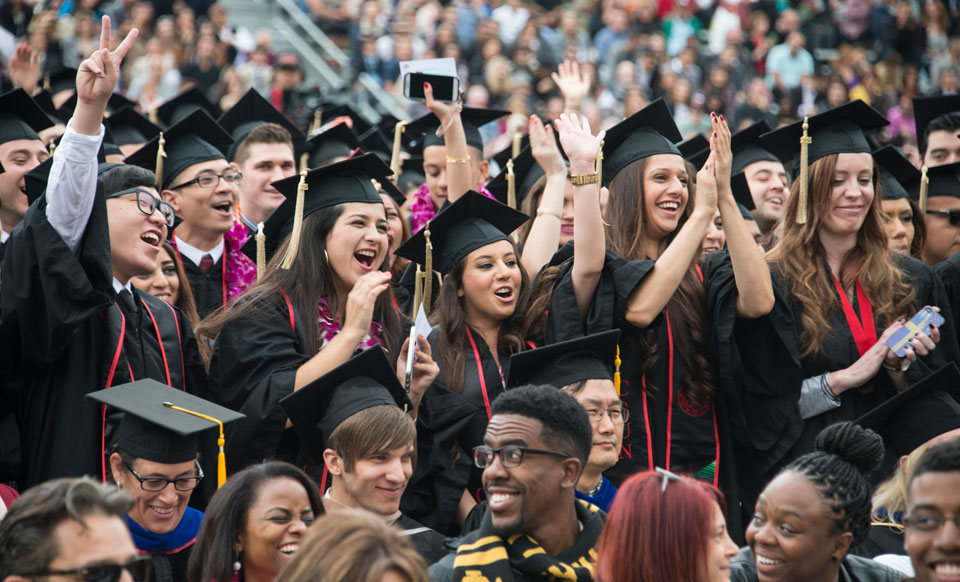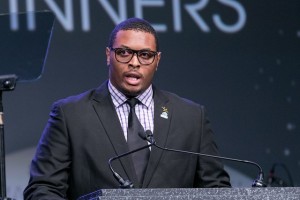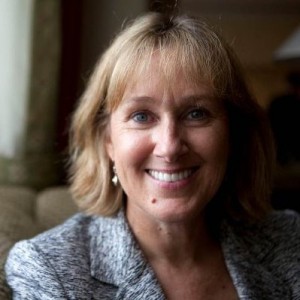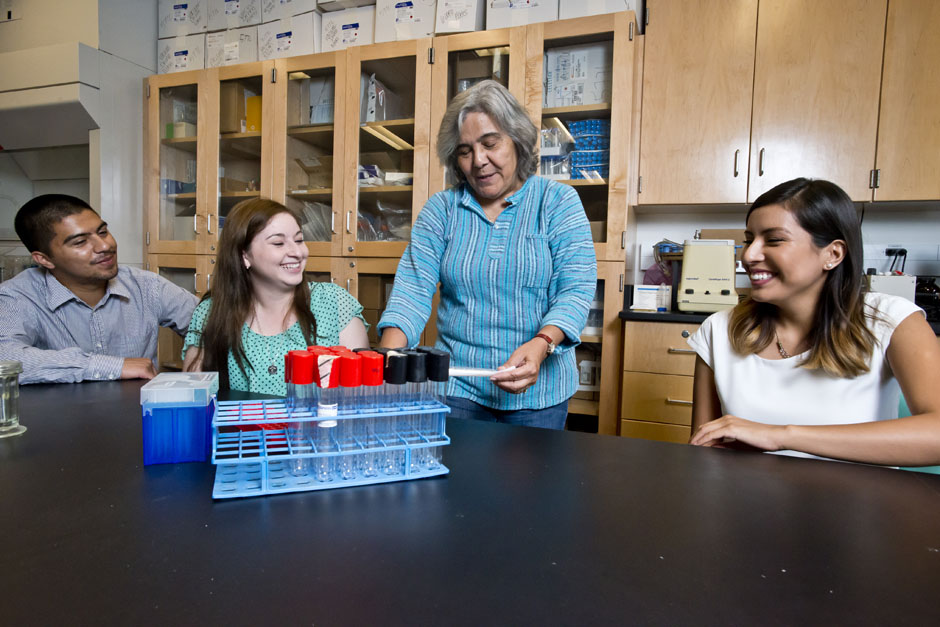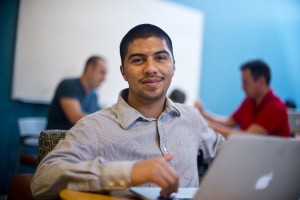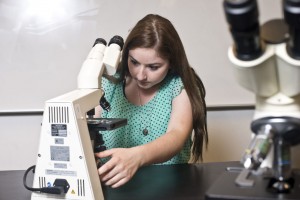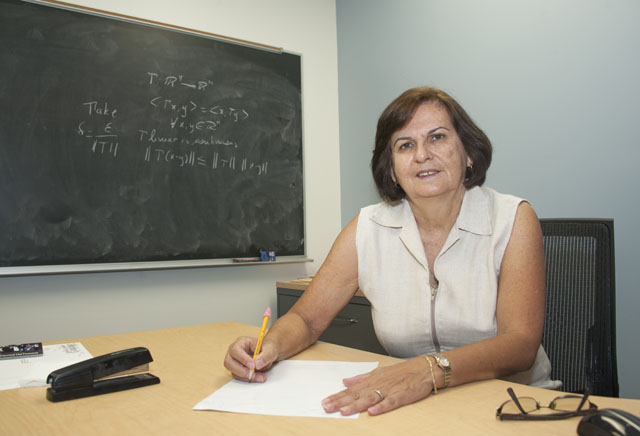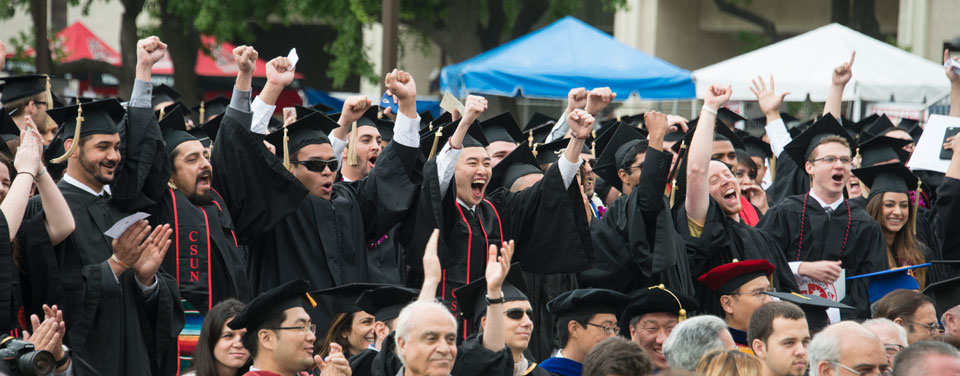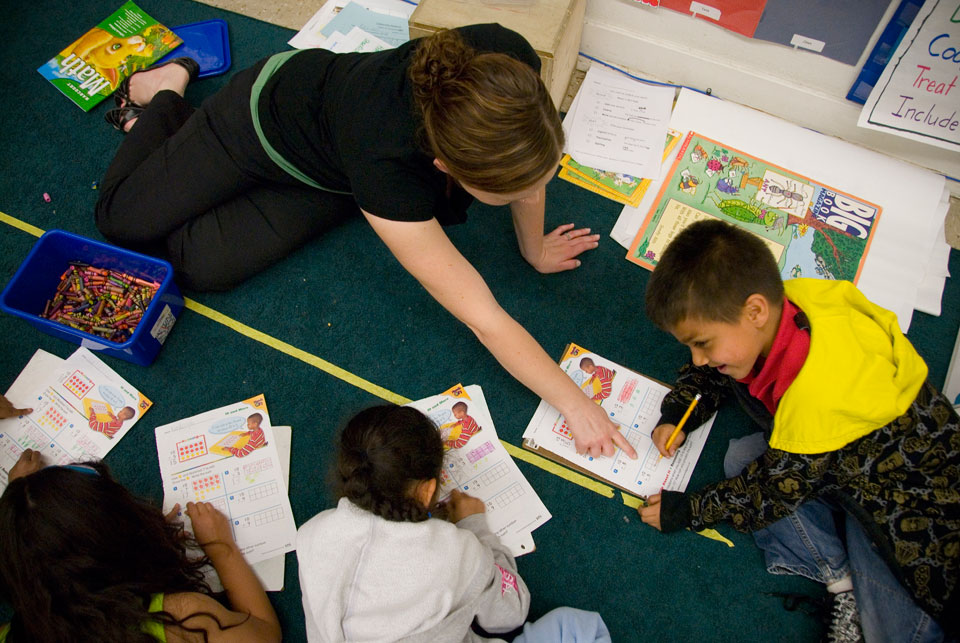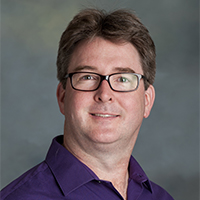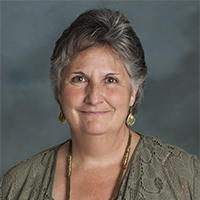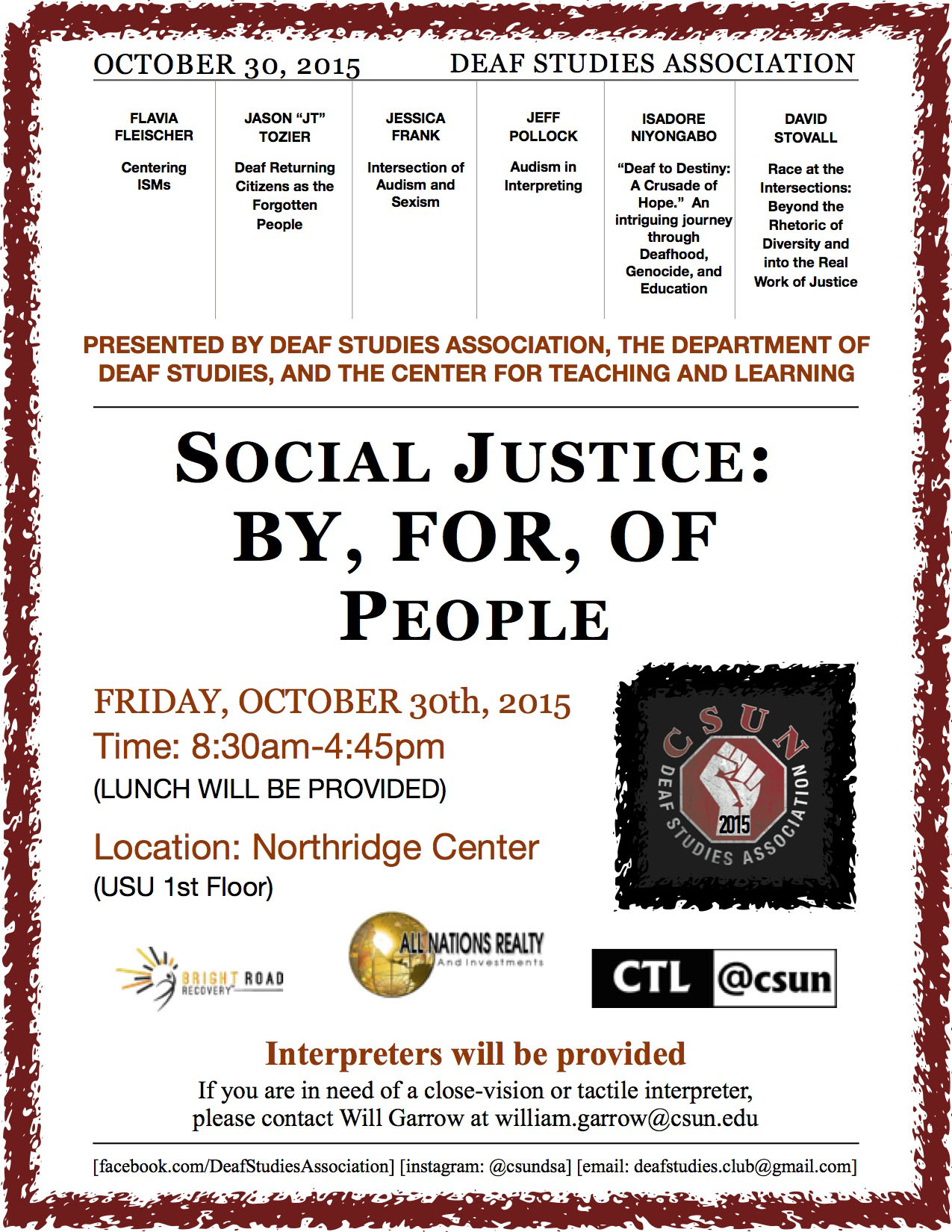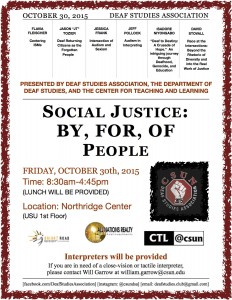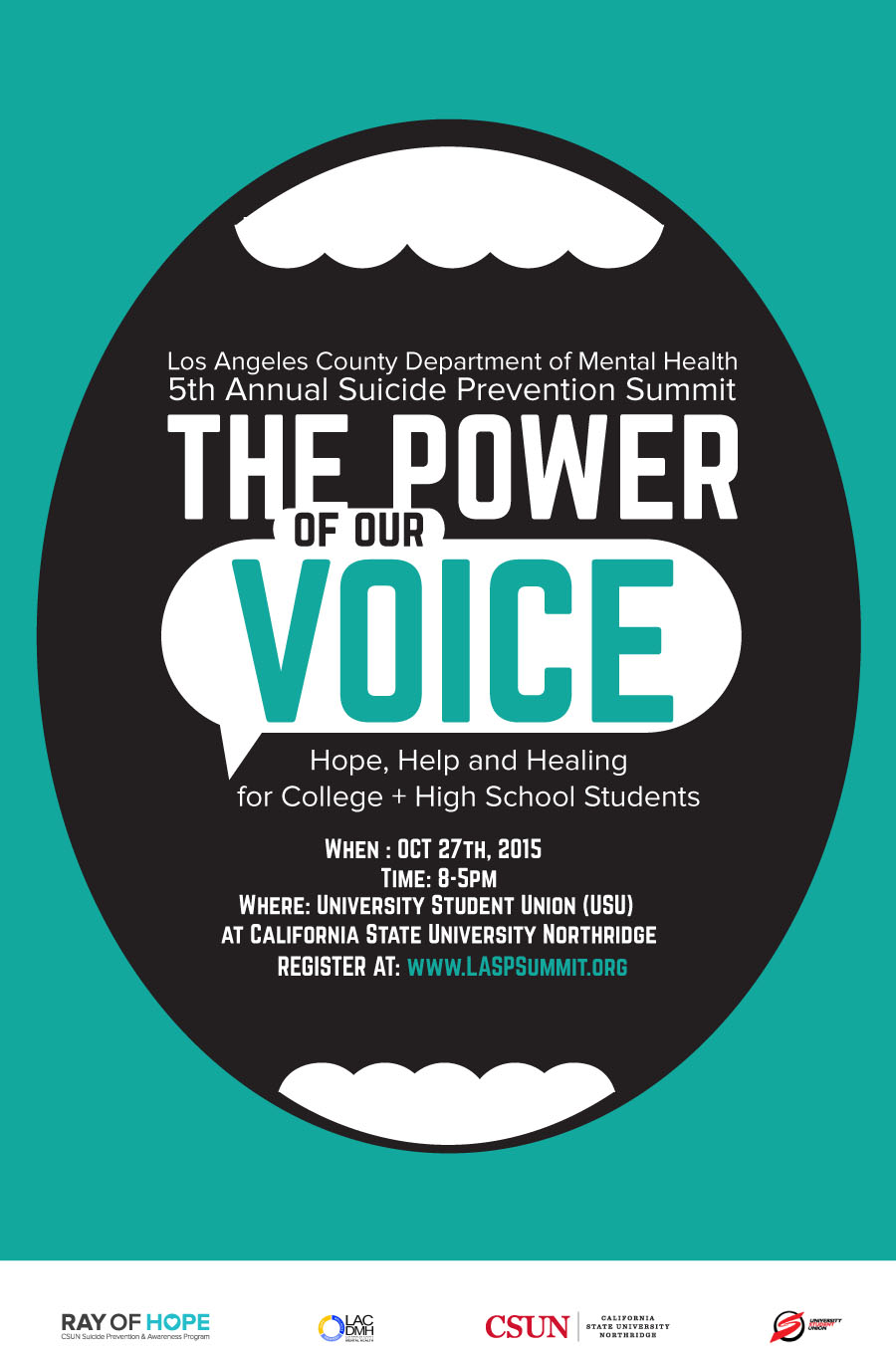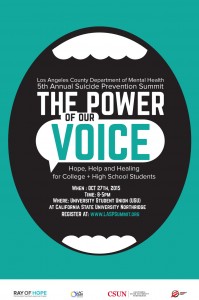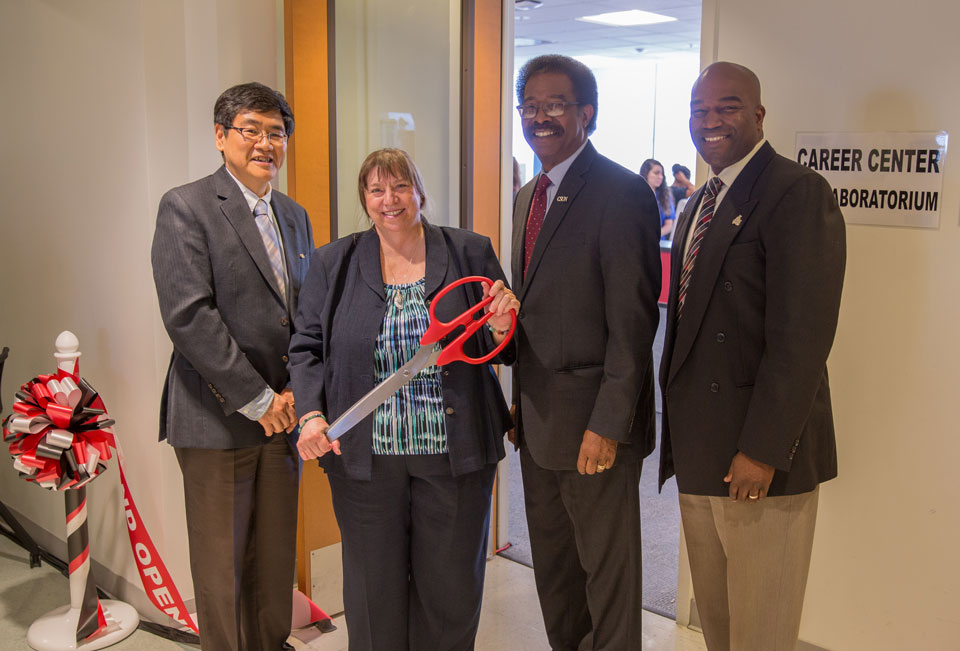![]()
![From Left: Luis Reyes, Brenda Velasco, professor MariaElena Zavala, Kimberly Arellano]()
From Left: Luis Reyes, Brenda Velasco, professor MariaElena Zavala and Kimberly Arellano
A little more than 56 percent of all doctoral students in the United States attain a Ph.D. within 10 years, according to the Council of Graduate Schools.
However, California State University, Northridge undergraduate students who participate in the Minority Access to Research Careers Undergrad Science Training and Academic Research (MARC U-STAR) program dwarf that statistic, boasting nearly a 90 percent success rate among those who go on to pursue a doctorate.
Funded by the National Institutes of Health (NIH), the program provides funding, academic training, mentoring and research opportunities for historically underrepresented students who show excellence within the sciences and are interested in research careers. The program is open to juniors and seniors and lasts for two years.
CSUN biology professor Maria Elena Zavala, director of the program, said the students are successful because they are prepared for more than the academic challenges.
“[The program is] taking talented students and helping them develop skills they need, but not just scientific skills,” Zavala said. “They develop the social and psychology skills they need to deal with being a Ph.D. student, like the ability to sort things out and set priorities.”
Zavala has directed the program since it came to CSUN in 1990. At that time, it had only four students. Since then, the NIH has awarded the program millions of dollars. The program’s current grant, renewed in May, provides a total of $509,256 annually for the next five years. The grant funds the students’ research, and programs such as math and science summer training for incoming freshmen. Most recently, program officials developed a science 100 course specifically tailored for each science major.
This year, 16 students in the program are doing research in fields such as psychology, biology and public health. Each student must choose a scope of work, write an undergraduate thesis and participate in a summer research program.
![Luis Reyes, psychology Major]()
Luis Reyes, psychology Major
Senior Luis Reyes, who is majoring in psychology, works in an applied behavioral analysis lab in the psychology department. His research focuses on children with disabilities. The project includes computer simulations, analyzing behavior in college students and using the findings for real-world applications.
Reyes said financial assistance from the MARC program gave him a chance to focus on his research.
“For many students in the program, we wouldn’t be able to be engaged in the research if they had to work outside of school,” Reyes said. “We get to work in the environment without distractions.”
In addition to funding and academic guidance, Zavala said mentorship, especially mentorship in cultural awareness, is a big part of the program. As the students come from historically underrepresented groups in the sciences — women, Latinos, Native Americans, African-Americans and Pacific Islanders — Zavala said many have faced discrimination in the past. The program gives students a chance to talk about their experiences.
Zavala, who was the first Mexican-American woman in the United States to obtain a Ph.D. in botany, said it is important for the students to understand who they are and develop the confidence to confront uncomfortable situations when they are professionals.
“There is the reality of what others think of you versus what you think of yourself,” Zavala said. “You have to get some armor and develop your own way to deal with people who are committing microaggressions or even big aggressions, especially if you are a woman.”
![Brenda Velasco, biochemistry major, at work.]()
Brenda Velasco, biochemistry major, at work.
Senior Brenda Velasco, who is majoring in biochemistry, said the program helped her develop a strong sense of identity, as well as cultural sensitivity toward others. This summer, Velasco worked in a laboratory with an immunology oncologist at Harvard University, studying how proteins involved in clearing infections can also be used in treating autoimmune diseases and cancer.
Initially, Velasco was nervous she would be the only minority in the Harvard project, but was pleasantly surprised to learn that the other researchers were international students and very diverse.
“I was afraid everyone there would be rich, or that I wouldn’t be able to relate to them. But no one in the lab was even from the United States, and we all spoke different languages,” said Velasco, who was the only undergraduate student participating in the project. “They were so successful and getting published, and it made me feel like I could be that successful, too.”
Zavala said some of the students’ research can be considered social justice research, as there is an uneven burden of diseases in underserved communities.
![Kimberly Arellano, public health major]()
Kimberly Arellano, public health major
Graduate student Kimberly Arellano, who graduated from the program in 2014 and is participating in the CSUN Research Initiative for Scientific Enhancement (RISE) program, is pursuing a master’s degree in public health. She wants to expose and alleviate health inequities and disparities affecting disadvantaged Latinos. She said her research is inspired by her personal experiences.
“My parents came here undocumented, and they experienced the effects of inequality in housing and health,” Arellano said. “Growing up, I could see there are many gaps and disparities in access to health care. That’s really where my passion stems from. I can offer a different perspective into the field, and that is important.”
Zavala said programs like MARC are important because they can help counter racial inequities in the sciences and increase diversity within university faculty. Reyes, Velasco and Arellano said the program has pointed them in that direction, as all three want to become public university professors after they complete their doctorates.
“My dream is to come back to CSUN and teach in the health science department,” Arellano said. “I want to help diversify the academic workforce and educate future public health professionals. I want to give students the mentoring that I received, encourage them to go out there and show them they can do what they initially did not think was possible.”

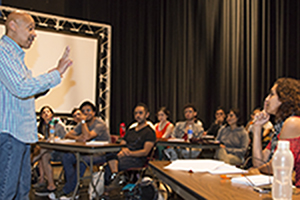






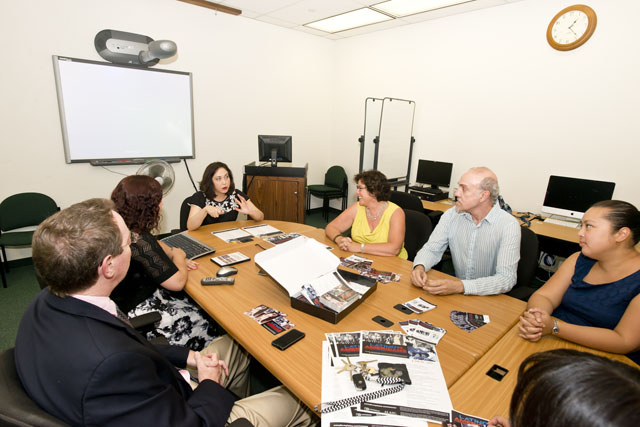



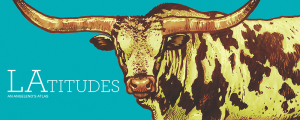 How well do you know Los Angeles? Officials at California State University, Northridge’s
How well do you know Los Angeles? Officials at California State University, Northridge’s 